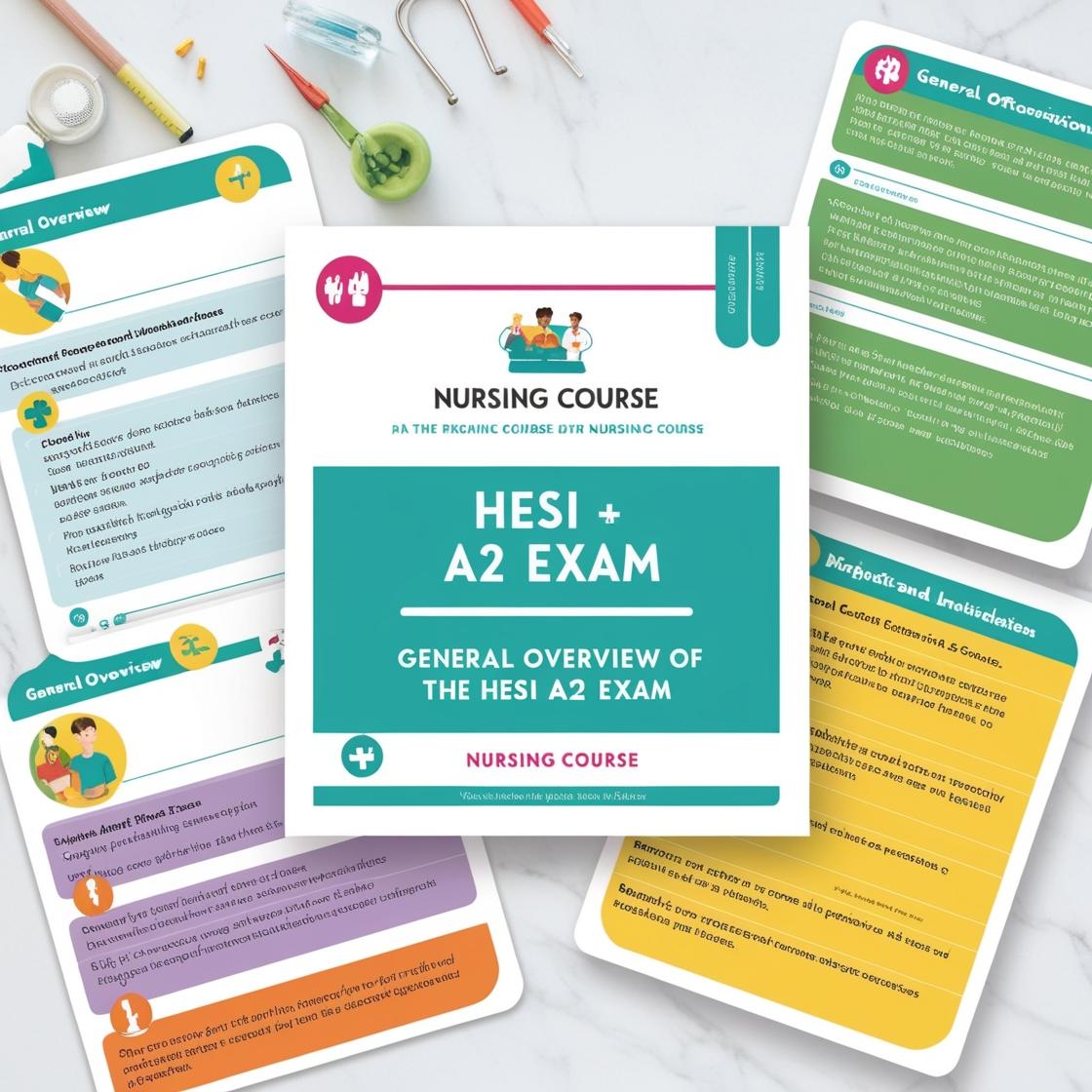HESI A2
HESI A2 Biology 2024
1. Which organelle is the site of energy production?
- A. Mitochondrion
- B. Vacuole
- C. Cell membrane
- D. Ribosome
Correct answer: A
Rationale: The correct answer is A: Mitochondrion. The mitochondrion is the site of energy production in a cell. It is often referred to as the powerhouse of the cell because it is where cellular respiration occurs, generating energy in the form of adenosine triphosphate (ATP) through processes like the citric acid cycle and oxidative phosphorylation. The other organelles listed play different roles in the cell - vacuoles store materials, the cell membrane regulates the movement of substances in and out of the cell, and ribosomes are involved in protein synthesis.
2. What happens to glucose during glycolysis?
- A. Its energy is entirely lost.
- B. It splits into molecules of pyruvic acid.
- C. It is stored in NADH.
- D. It joins with molecules of citric acid.
Correct answer: B
Rationale: During glycolysis, glucose undergoes a series of enzymatic reactions in the cytoplasm of the cell, resulting in its breakdown into two molecules of pyruvic acid. This process also generates ATP and NADH as energy carriers. Choice A is incorrect because glucose is not entirely lost, but rather converted into other molecules. Choice C is incorrect because NADH is a product of glycolysis, not a storage form for glucose. Choice D is incorrect as glucose does not join with molecules of citric acid during glycolysis, but rather in subsequent stages of cellular respiration.
3. What process do cells in the tip of a plant’s root undergo to increase in number?
- A. Meiosis
- B. Cytokinesis
- C. Fractioning
- D. Mitosis
Correct answer: D
Rationale: Cells in the tip of a plant's root undergo the process of mitosis to increase in number. Mitosis is a type of cell division that results in two daughter cells with the same number of chromosomes as the parent cell. This process allows for growth and maintenance of tissues in plants by producing new cells through division. Choice A, Meiosis, is incorrect as meiosis is a type of cell division that reduces the number of chromosomes in cells to produce gametes. Choice B, Cytokinesis, is incorrect as it is the division of the cytoplasm following cell division. Choice C, Fractioning, is not a biological process related to cell division.
4. From which component do RNA and DNA derive their names?
- A. From the sugar each contains
- B. From the structure of their nucleotides
- C. From the information they transfer
- D. From their formative processes
Correct answer: A
Rationale: RNA and DNA derive their names from the sugar each contains. RNA stands for Ribonucleic Acid, with 'ribo' indicating the ribose sugar in its structure. DNA stands for Deoxyribonucleic Acid, with 'deoxyribo' referring to the deoxyribose sugar in its structure. The sugars in RNA and DNA molecules distinguish them and are the basis for their names. Choices B, C, and D are incorrect as they do not accurately explain how RNA and DNA derive their names.
5. Huntington’s disease is carried on the dominant allele. In a situation where two heterozygous parents have the disease, what percentage of their offspring are predicted to be disease-free?
- A. 0%
- B. 25%
- C. 50%
- D. 100%
Correct answer: B
Rationale: In this scenario, both parents are heterozygous for Huntington's disease, meaning each carries one dominant allele (representing the disease) and one recessive allele (representing no disease). When they have offspring, there is a 25% chance that each child will inherit two recessive alleles, making them disease-free. The Punnett square for two heterozygous parents (Hh x Hh) yields a 25% probability of offspring being homozygous recessive (hh) and therefore disease-free. Choice A (0%) is incorrect because there is a possibility of disease-free offspring. Choice C (50%) is incorrect as it represents the likelihood of being a carrier. Choice D (100%) is incorrect as all offspring will not be disease-free in this scenario.

Access More Features
HESI A2 Basic
$89/ 30 days
- 3,000 Questions with answers
- 30 days access
HESI A2 Premium
$129.99/ 90 days
- Actual HESI A2 Questions
- 3,000 questions with answers
- 90 days access
